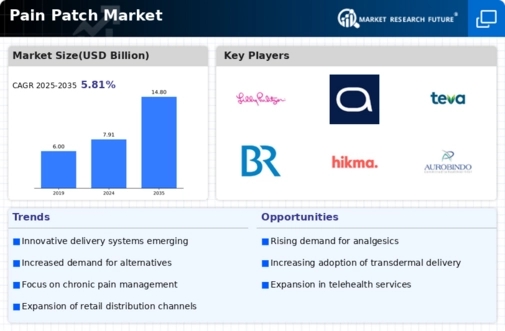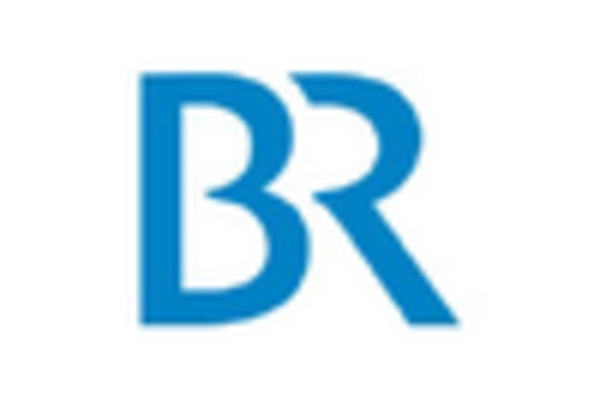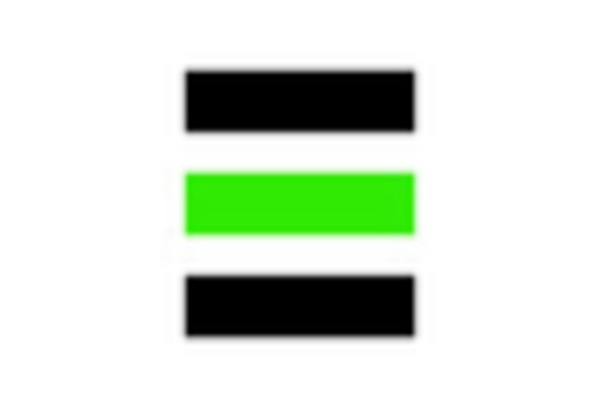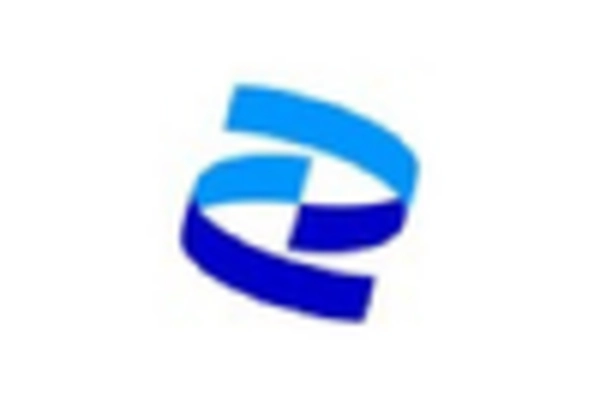Market Analysis
In-depth Analysis of Pain Patch Market Industry Landscape
The dynamics of the pain patch market can be attributed to a consequential mix of factors that satisfy the rising needs for a consecutive solution of pain from diagnosis to the end-stage of successful treatment. Plasters, also known as transdermal patches, have gained a sound reputation as the types of a non-invasive and a targeted approaches for the relief distribution of pain. Together, this forms the main force of the market, which is factored by the widespread aging population, musculoskeletal disorders and surgical recovery needs. As increasingly more people are looking for an alternative to the conventional approach of relieving pain, the market for pain patches is growing fast.
The , making pain patch technological portfolio development a critical determinant of market trends. The companies in pharmaceutical and medical industries are actively researching on the drug delivery systems which will deliver medicine over a longer and required period to patients. Particularly due to that, inventions are chairing an entirely new level of efficacy, safety and, compliance, which form a competitive environment in pain patch market.
Hospital regulations and healthcare policies at work level for pain patches build up the basis of market dynamics. The regulatory bodies are the pillar that assures the safety and effectiveness of different medical devices and their approval is the head of market entry for the devices in any country. Policies related to healthcare which concentrate on patients’ approach to novel and effective disposal of pain management contribute in the favorable sphere for market development.
Collaboration among the sectors which consist of health care providers, pain management experts, and industry players appears to be a success factor in the pain patch industry at this point. The cross-functional teams in which physicians, pharmacists, and physical therapists participate in development of the optimal pain management areas for the patients. Partnerships have not only remained collaboration-driven, but also have led to R&D ventures, which include the testing of new formulas, advanced drug sticking adhesives, and the incorporation of smart technology, with the objective of real-time pain relief monitoring.
The economy has got so many components that make the market behave in different ways, including healthcare expenditures and insurance coverage to mention the few. Provision of proper reimbursement for pain patches lures healthcare providers to use these innovative options in their practice eventually giving the market the right leg up. Furthermore, the huge expenditure that arises from poorly treated or unattached chronic pain introduces patients to the option of looking for a pain patch that would be an effective pain reliever, thus boosting the overall demand for the pain patches.
Yet, obstacles remain in the field of pain patches, which include skin irritation consequences, unpredictable individualised pain responses, and adoption of personalised pain management methods. The challenge how to address it requires continuous research in order to do an improvement in term of adverse effect of pain patch, also need to know the individual pain condition properly, and good patient education in the process.

















Leave a Comment